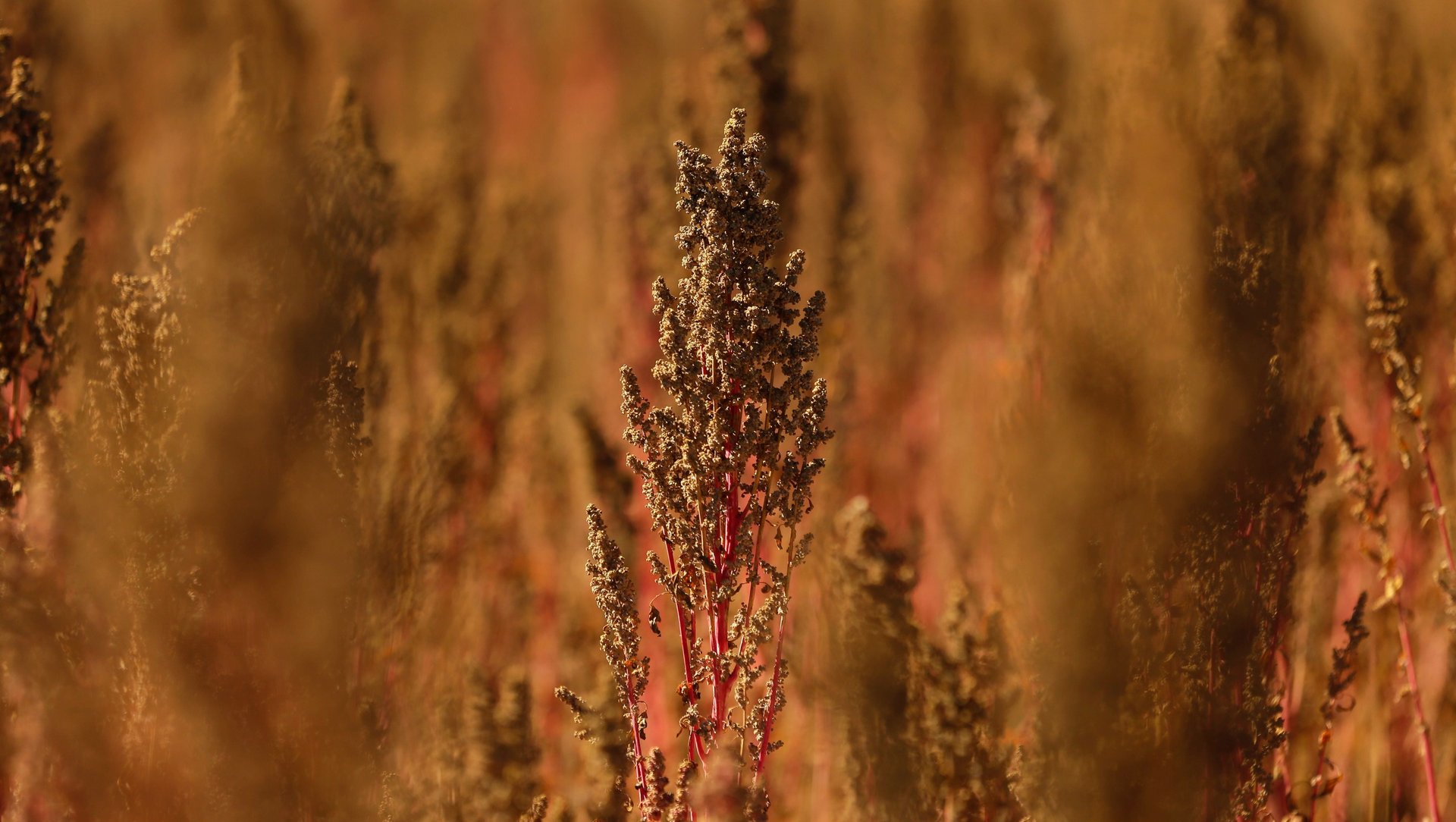Ancient Canadian quinoa suggests food globalized earlier than we thought
Three thousand years ago, a vast trading system existed among the people of North America, moving obsidian from present-day Wyoming, shark teeth from the Atlantic Coast, copper from the Great Lakes region, and mica from southern Appalachia. The recent discovery of 3,000-year-old quinoa seeds in Ontario, Canada suggests that food staples may have been traded in that network as well.


Three thousand years ago, a vast trading system existed among the people of North America, moving obsidian from present-day Wyoming, shark teeth from the Atlantic Coast, copper from the Great Lakes region, and mica from southern Appalachia. The recent discovery of 3,000-year-old quinoa seeds in Ontario, Canada suggests that food staples may have been traded in that network as well.
This particular species of quinoa, known formally as Chenopodium berlandieri and colloquially as “goosefoot,” was widely cultivated in North America at the time. But it has never been found this far north, this early on the archeological timeline before. The closest spot where evidence of cultivation of the crop at that time has been found was in modern-day Kentucky, nearly 500 miles to the south. Just as 21st-century North Americans can visit grocery store stocked with citrus grown in Florida, almonds from groves in California, and, yes, quinoa from South America, ancient people may have gone looking beyond what grew locally for dinner.
The archeologists who discovered and analyzed the ancient Canadian quinoa aren’t positive how it got there. “The chenopod may represent a crop that was not grown locally,” they write in a study published last month in the academic journal American Antiquity. ”In this scenario, the crop was strictly an exchange item that was circulating in an interregional exchange system.” It’s also possible that the quinoa was traded as seed, and then cultivated locally, which would be a major edit to the current understanding of the history of formal agriculture in the region. Evidence suggests that indigenous people of the Woodland culture began to grow maize in Ontario around 500 AD. The quinoa dates to around 900 BC.
The ancient quinoa was discovered in a pit full of charred sediment. The study suggests that it was accidentally burned during the “parching” process, in which seeds are lightly toasted to keep them from sprouting or germinating—in other words, the seeds were ruined in a cooking accident while being prepared for storage.
“If it were grown in the region, we would have expected to see seeds of the crop in other pits around the site, but they were confined to this specific pit,” Ron Williamson, one of the authors, told the University of Toronto. “We also don’t see any sign of agricultural weeds or stone tools that may have been used for cultivation.”
Finding the nutritious grain so far north of its previously documented confines, and adding a new food to the list of items that indigenous North Americans were trading thousands of years ago, adds a layer of complexity to our understanding of those cultures. It has the scientists involved as close to giddy as they’ll admit.
“It’s the first time I’ve been close to being shocked in 45 years of research, and I would say more delighted and surprised than shocked.” Gary Crawford, an archaeologist at the University of Toronto-Mississauga, and one of the authors of the paper, told Smithsonian.com. “[I]t was one of those ‘O-M-G’ moments that one gets when they’re doing research.”